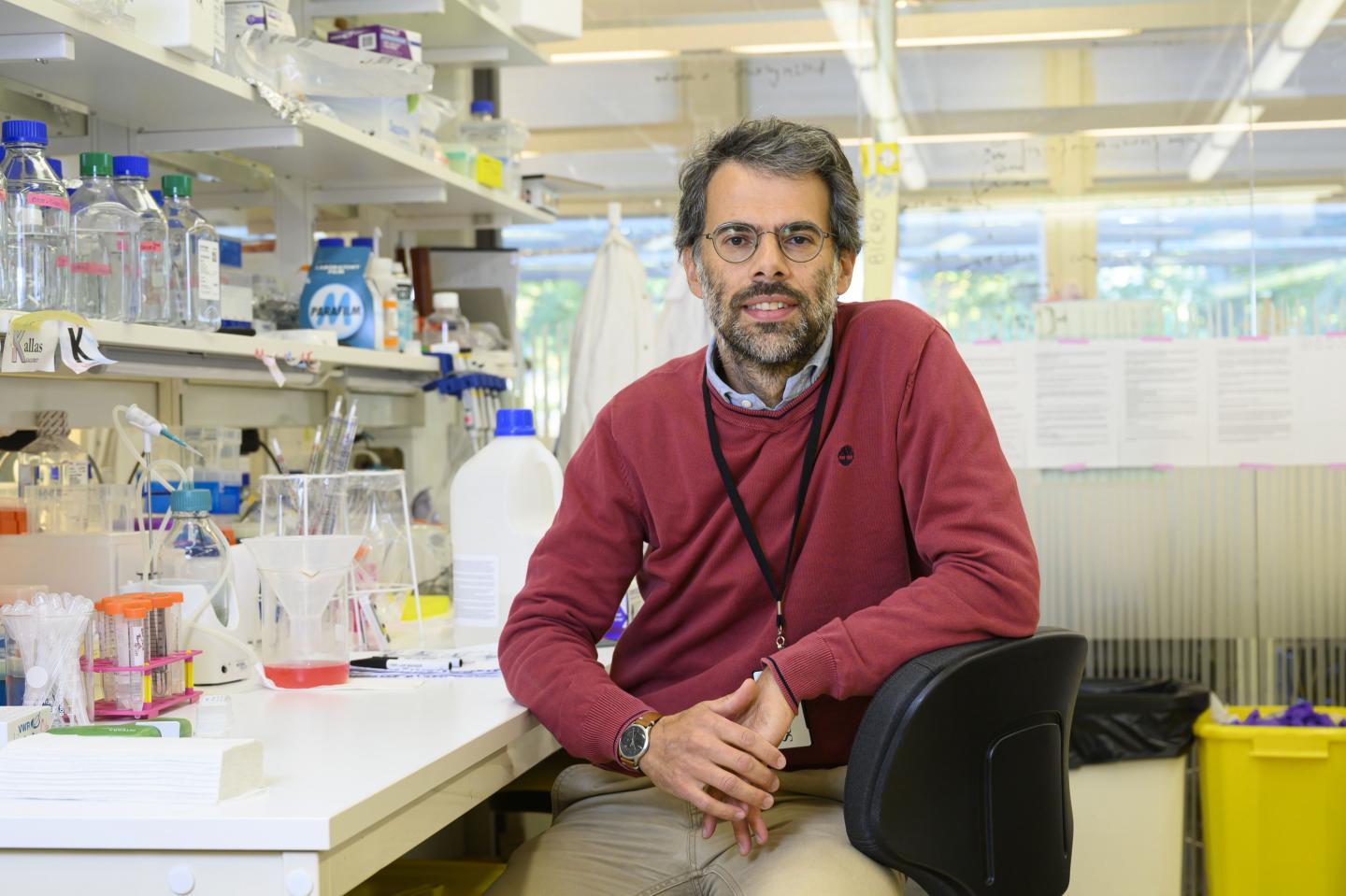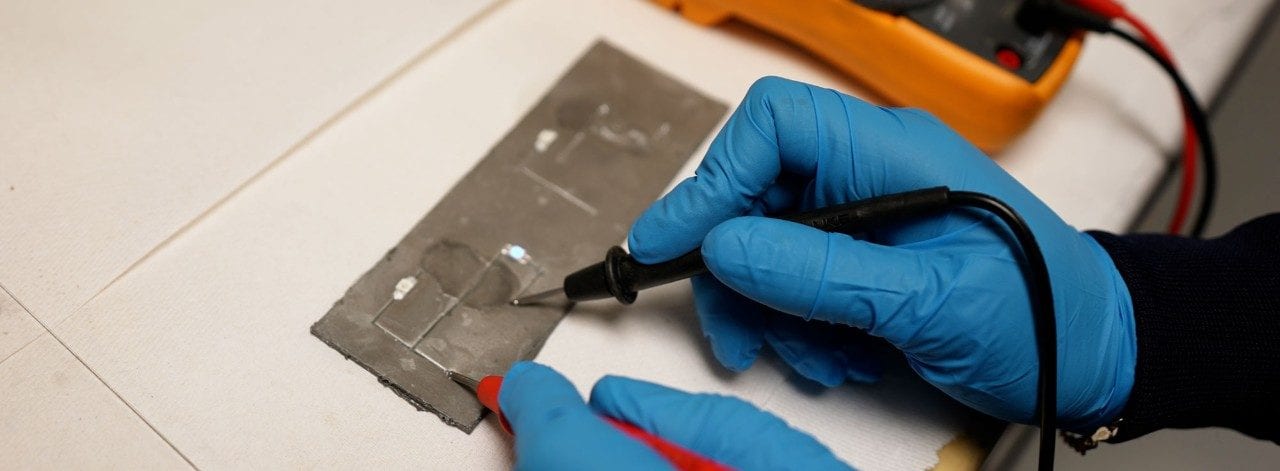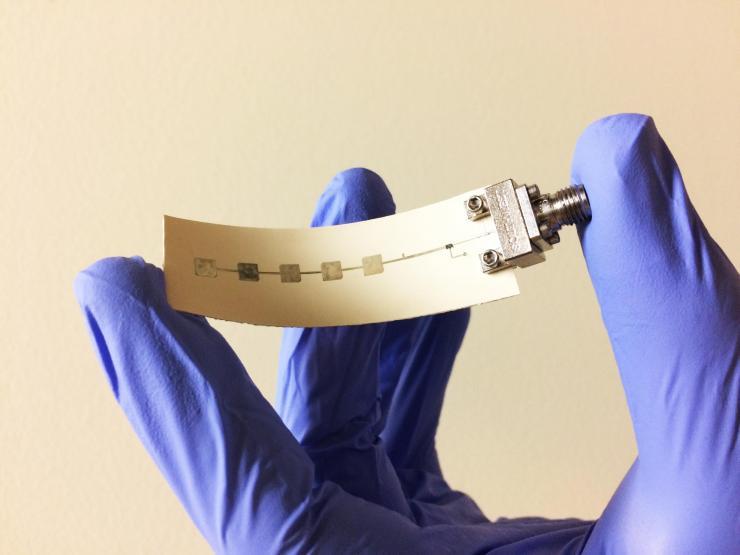
Nicola Crosetto. Photo: Stefan Zimmerman
Researchers at Karolinska Institutet have developed a technology for cost-effective surveillance of the global spread of new SARS-CoV-2 variants. The technique is presented in the scientific journal Nature Communications.
Since the onset of the pandemic, thousands of viral genomes have been sequenced to reconstruct the evolution and global spread of the coronavirus. This is important for the identification of particularly concerning variants that are more contagious, pathogenic, or resistant to the existing vaccines.
For global surveillance of the SARS-CoV-2 genome, it is crucial to sequence and analyse many samples in a cost-effective way. Therefore, researchers in the Bienko-Crosetto laboratory at Karolinska Institutet and Science for Life Laboratory (SciLifeLab) in Sweden have developed a new method, named COVseq, that can be used for surveillance of the viral genome on a massive scale at a low cost.
Adapted a previous method
First, many copies of the viral genome are created using so-called multiplex PCR (polymerase chain reaction). The samples are then labelled and pooled together in the same sequencing library, using a previous method developed in the Bienko-Crosetto laboratory and now adapted for SARS-CoV-2 analysis.
“By performing reactions in very small volumes and pooling together hundreds of samples into the same sequencing library, we can sequence potentially thousands of viral genomes per week at a cost of less than 15 dollars per sample,” says Ning Zhang, who previously worked as a postdoctoral researcher at the Department of Medical Biochemistry and Biophysics, Karolinska Institutet and is co-first author together with PhD students Michele Simonetti and Luuk Harbers active at the same department.
Comparative analyses of 29 SARS-CoV-2 positive samples revealed that COVseq had a similar ability as the standard method to identify small changes in the genome. Analyses of 245 additional samples showed that COVseq also had a high ability to detect emergent coronavirus variants of potential concern. The key advantage of COVseq over existing methods is cost-effectiveness.
Could be used by public health agencies
“Our inexpensive method could immediately be used for SARS-CoV-2 genomic surveillance by public health agencies and could also be easily adapted to other RNA viruses, such as influenza and dengue viruses,” says Nicola Crosetto, senior researcher at the Department of Medical Biochemistry and Biophysics, Karolinska Institutet, and last author of the paper.
Original Article: Low-cost method for finding new coronavirus variants
More from: Karolinska Institutet
The Latest Updates from Bing News & Google News
Go deeper with Bing News on:
SARS-CoV-2 variants
- New SARS-CoV-2 KP.2 variant defies vaccines with higher spread, study warns
Study on the bioRxiv server reports that the SARS-CoV-2 KP.2 variant, despite lower infectivity, shows significant immune resistance and higher transmissibility compared to other variants, potentially ...
- This Man Had Covid-19 For Almost 2 Years, So Long It Mutated Into A New Variant
Despite being vaccinated, his compromised immune system couldn't fully fend off the virus, leading to severe complications.
- How B cells recognize new variants of SARS-CoV-2
B cells are part of the immune system's memory. Their memories of previous infections or vaccinations provide the template for antibodies that have a protective effect the next time they come into ...
- Research highlights emergence of immune-evasive SARS-CoV-2 variants in immunocompromised patients
New research to be presented at next week's ESCMID Global Congress (formerly ECCMID) in Barcelona, Spain (27-30 April) highlights the risk of new immune-evasive SARS-CoV-2 variants emerging in ...
- Severity of current SARS-CoV-2 variants is not linked to the number of mutations
1 in comparison to previous SARS-CoV-2 variants. However, those changes were not statistically significant. Therefore, they concluded that BA.2.86 and JN.1 have no significant increase in immune ...
Go deeper with Google Headlines on:
SARS-CoV-2 variants
[google_news title=”” keyword=” SARS-CoV-2 variants” num_posts=”5″ blurb_length=”0″ show_thumb=”left”]
Go deeper with Bing News on:
SARS-CoV-2 genomic surveillance
- A Man Had Covid For 613 Straight Days—and Created a Whole New Mutation
A new case study of a 72-year-old man from the Netherlands who had a sustained COVID-19 infection for nearly two years shows how prolonged infections can give viruses the time they need to mutate into ...
- New SARS-CoV-2 KP.2 variant defies vaccines with higher spread, study warns
Study on the bioRxiv server reports that the SARS-CoV-2 KP.2 variant, despite lower infectivity, shows significant immune resistance and higher transmissibility compared to other variants, potentially ...
- Identifying efficacious SARS-CoV-2 antivirals in a changing immune landscape
With almost 775 million COVID-19 cases reported worldwide and 67% of the global population vaccinated with a complete primary series of a COVID-19 vaccine, the deadly pace of the pandemic has slowed ...
- This Man Had Covid-19 For Almost 2 Years, So Long It Mutated Into A New Variant
Despite being vaccinated, his compromised immune system couldn't fully fend off the virus, leading to severe complications.
- Scientists report longest known ‘extreme’ Covid infection in 72-year-old man
Doctors reported the case of a 72-year-old patient in the Netherlands who suffered from the novel coronavirus infection for 613 days, marking the longest SARS-CoV-2 infection duration to date. They ...
Go deeper with Google Headlines on:
SARS-CoV-2 genomic surveillance
[google_news title=”” keyword=”SARS-CoV-2 genomic surveillance” num_posts=”5″ blurb_length=”0″ show_thumb=”left”]










